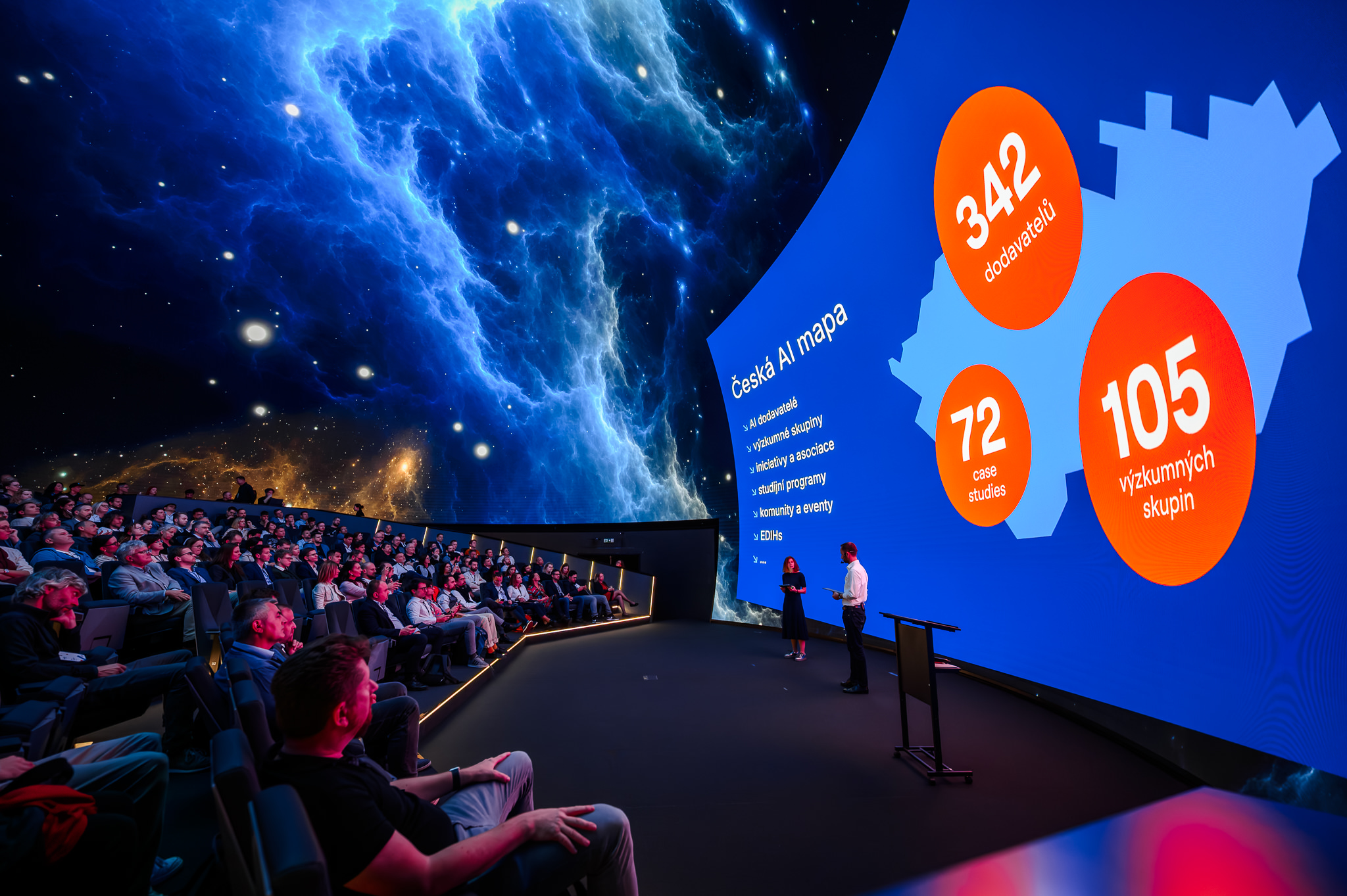Our Ph.D. student and a two-time poster session winner Maria Rigaki shares her secret tips.
If you ever had to prepare a scientific poster, you know it isn’t a bed of roses. How is one supposed to squeeze months or even years of research into a single piece of paper, am I right? Well, some people know better than others who experience meltdowns with the approaching deadline and struggle with not enough blank space. Luckily for you, we have one of these pros on our team!
Maria Rigaki is a Ph.D. student in the cybersecurity research team (Stratosphere Lab) working on the intersection of machine learning and security. She won the Best Poster Award at the 26th International Student Scientific Conference Poster 2022 and at the Transylvanian Machine Learning Summer School 2018. What are her recommendations for designing a research poster that is clear, eye-catching and leads to engaging discussions? Dig in!

Tips for the poster itself
- Make sure the poster is readable from a 2-meter distance, i.e. make sure the fonts are large enough.
- Have a large and clear title at the top as well as your name and e-mail/contact
- Avoid the "wall of text" at all costs! Do NOT put your full abstract on the poster for example. Use bullets, headlines and short sentences.
- Stating a clear goal and contribution at the beginning is highly recommended.
- Make sure that the information flows and it progresses logically throughout the poster.
- A figure is worth a thousand words! Nice figures, graphs, charts, photos or images make the poster look enticing.
- Highlight important information with bold formatting or color.
- Use the poster as a support for your presentation to the people coming by. At the same time, it should stand alone even if you are not there.
- Use QR codes instead of URLs because they take less space and are easier to access. They can point to the full paper, to a demo, to your lab’s website, CV, etc.
- Don't be afraid to be unconventional/playful in your poster design, as long as the reader can find their way. We are all still learning this but even academic posters can be fun!

Tips for the presentation part
- Make sure you have an elevator pitch (2 sentences). What is the poster about?
- Make sure you can present the main ideas in 3-4 minutes. The interested people will ask for details and you can go deeper.
- The 3-minute presentation should be adaptable to various audiences. If the person in front of you has no idea about your topic/domain, you should be able to explain the basic idea simply.
- Use the poster during the presentation, graphs are handy here because you can point to them and show what an awesome job you have done.
- Be welcoming, have fun and don't look bored (yes, we've seen this, although most people love to talk about their work).

If you want to explore the poster topic further, we find the Making an Impact with your Poster guide from the University of Liverpool quite helpful. Or you can watch this legendary video by Mike Morrison! Of course, there are tons of useful materials available online. But always keep in mind that science posters are a visual aid and they should serve your needs. Do not overthink it and design it in a way that helps you communicate your research. Learn from others, get feedback from your colleagues and try new things!
.png)




